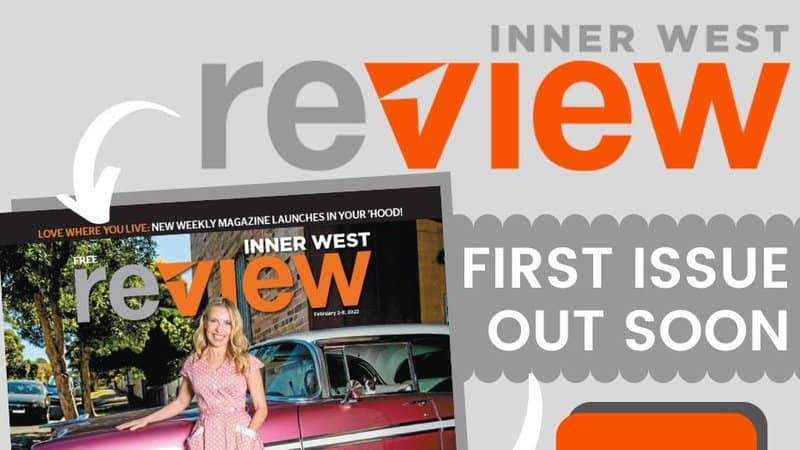Earlier this month, Australian Community Media (ACM) released internal data showing growth in audiences in December with a jump of over 12% in new users when compared to December 2020.
ACM has been successful in continuing to turn around what was a print reliant business model into a successful digital news business.
While print ad revenues suffered some softening due to Covid, it remains a key contributor to the ACM business model.
Along with digital ad dollars, subscription revenues are critical too. ACM chief customer and marketing officer Paul Tyrrell explained to Mediaweek digital subscriptions to ACM products are up 60% year on year.
“Most of our news websites operate a metered paywall which offer five free articles before a subscription is required to keep reading. There is a lot of content that sits outside of the paywall including all our Coronavirus content. Important information for consumers is always offered free so it can be accessed easily.”

ACM’s Paul Tyrrell
News publishers wanting ad revenue and subscription fees are faced with the dilemma of attracting big enough audiences to make advertisers happy. News audiences are smaller when they have to pay to get access, but ACM continues to grow its numbers.
“We have found a sweet spot where we are able to continue growing audiences with paywalls in place. While The Canberra Times is one of our leading titles, I am able to say all the publications are performing strongly. We have found that once a reader becomes a subscriber their engagement levels increase with more content consumption from increased time on site and more page views. That counters any drop off we might incur due to the paywall.”
Many metro newspapers drive subscriptions with reduced introductory offers and that has certainly been the case this year, particularly recently with News Corp Australia promotions.
Tyrrell notes in many of the markets ACM operates in, price sensitivity is not as important a factor as in metro markets. “We find that given our content is so relevant to the local audiences there is a desire to get the news and information. Those people also have a desire to support local journalism and their local publications.
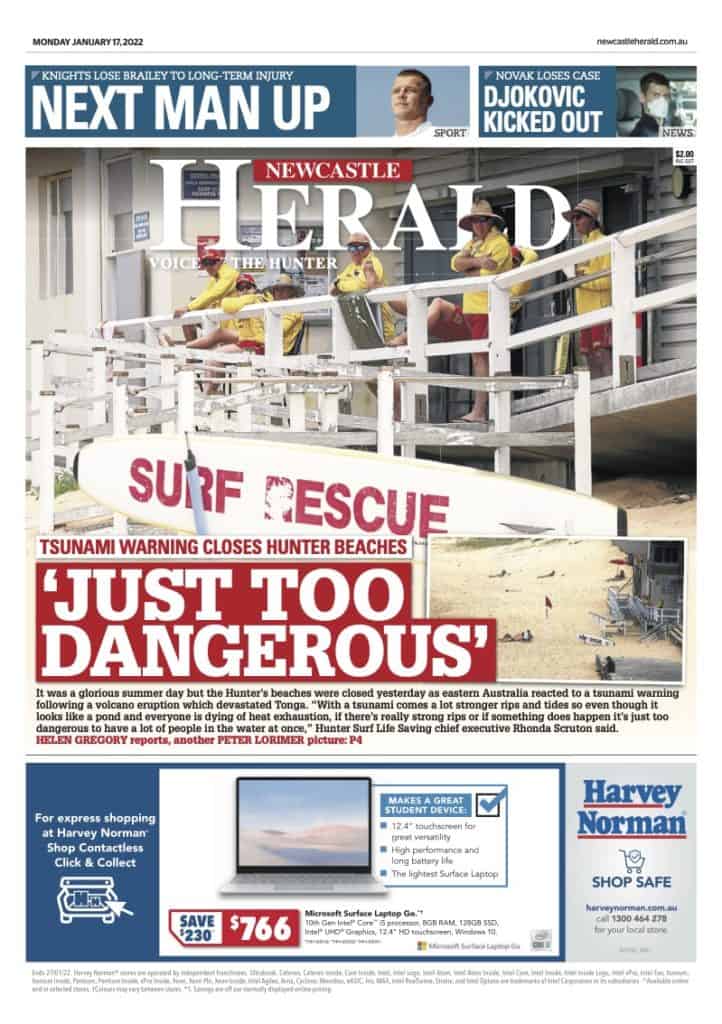
“In a place like Newcastle, the Herald is such an integral part of the community that they see it very much as their newspaper.”
With some businesses disappearing in regional and rural communities, including newspapers, Tyrrell said audiences don’t want to see any more brands depart. “The plan for ACM is to continue to invest in our markets, but we need the support of the local audiences and we are certainly receiving that.”
Ad revenue from both local and national sources is being invested in ACM. “We are continuing to invest in sales teams at both national and local levels as we continue to try and grow both pots,” said Tyrrell.
ACM is part of the Boomtown coalition, and the company notes the campaigns have been successful. Tyrrell: “Boomtown has been beneficial in raising not only the awareness around regional media, but also promoting some of the key data points that are important to not only us but the potential advertisers.
“For example, 36% of the population that live in regional Australia attract just 10% of the agency ad revenue there. There is quite an imbalance there which Boomtown is helping to improve as it raises the awareness around that. We also realise ACM has a very strong message to tell and we need to beat our own chests.
“We have been using campaigns like Connect Now which explains we reach 6.4m uniques per month which tells the story of ACM.
“Less than three years ago ACM was a small regional part of Fairfax Media. Since Antony Catalano and Alex Waislitz bought the business we have been able to focus on our digital strategy in content, sales and subscriptions. It has been hugely successful and we need to be able to tell that story about ACM which wasn’t perhaps clear when it was part of the Fairfax and then Fairfax/Nine broader proposition.”
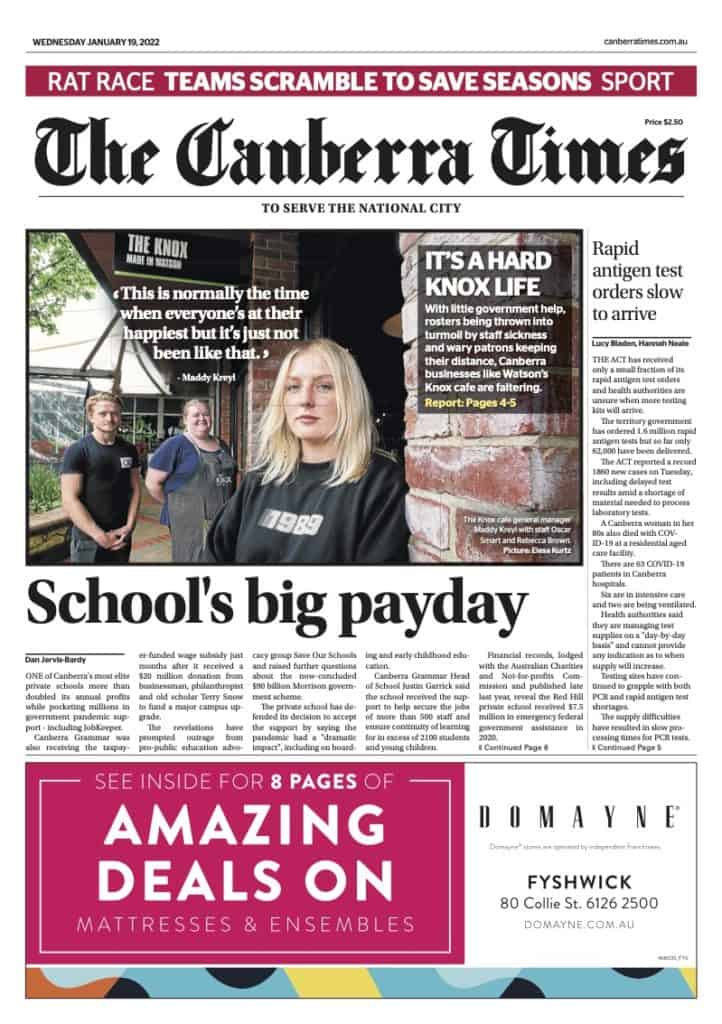
Canberra Times
The daily servicing Australia’s capital has seen some impressive audience stats recently. Paul Tyrrell told Mediaweek that part of the success has been attracting audiences from outside of Canberra to its political coverage.
The Canberra Times is one of the flagship ACM titles along with other major regional dailies in Newcastle and Wollongong and many heritage news brands around Australia.
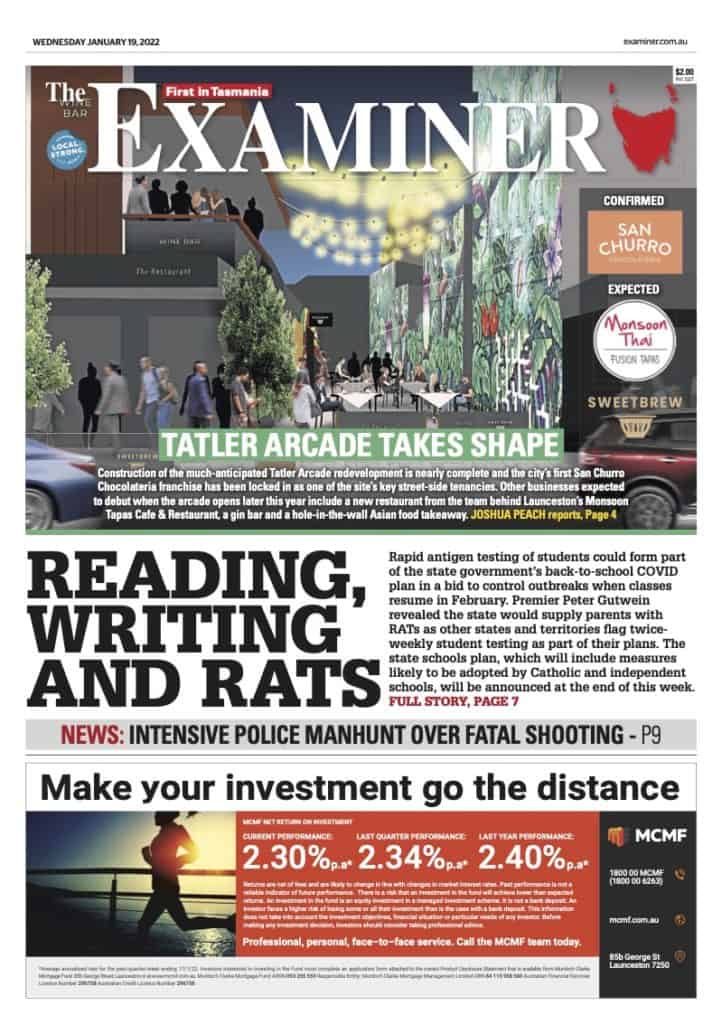
ACM in 2022
In addition to print innovation, there is plenty of activity on the digital side of the business with revamped websites and new apps this year. “We are launching a new platform for our websites and out first launch with be the Newcastle Herald.” Tyrell said a beta version is currently operating. “There will soon be a full rollout of that into the Hunter Region in mid-February. There will be a new look and feel and we will group certain types of content together which is super exciting.
“We will also be launching a premium offer for our subscribers with additional functionality.
“ACM will also be further developing new verticals including a new insurance brand, called View Insurance. We have also invested in a product called Travelr which is a booking engine for our travel site called Explore Travel.” Travlr is currently being used by a number of publishers including ViacomCBS, Stuff.co.nz and BBC Global News.
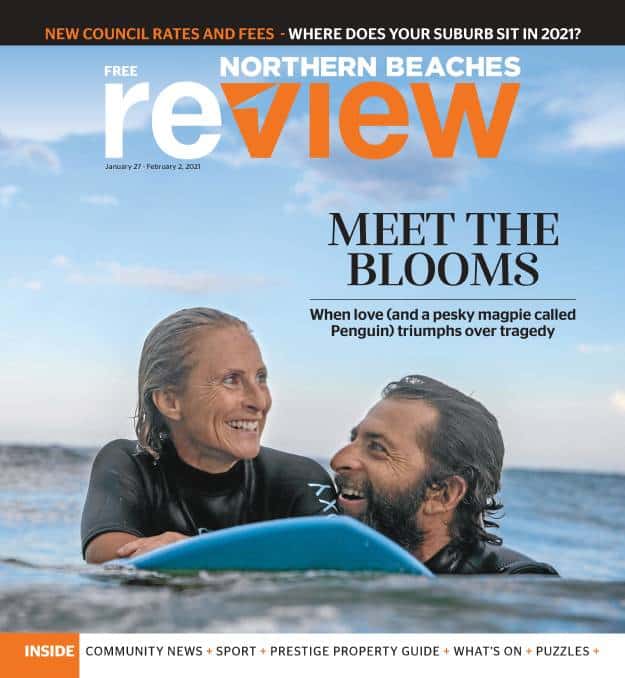
ACM expands into the capitals
ACM will also be launching a new print title, the Inner West Review, which will service the inner western parts of the NSW capital from February 2. The Inner West Review is already part of Australian Community Media’s digital network of 135 websites across the country.
From February 2022, each week a print edition will be letterbox dropped to 65,000 homes across the Inner West and it will also live online plus on Facebook, Twitter and Instagram.
The title joins another newer ACM Sydney-based weekly, Northern Beaches Review, edited by former Fairfax editorial executive Kate Cox.
See also: ACM launches its first major national trade campaign
